A systematic review and network meta-analysis was conducted to evaluate the effectiveness of minimally invasive treatments for adult obstructive sleep apnea. The authors included 89 randomised controlled trials (n=6,346) comparing 18 different interventions. The main outcomes were the changes in Apnea-Hypopnea Index and Epworth Sleepiness Scale over 6 months evaluated using weighted mean differences (meta-analysis) and the area under cumulative ranking curves. When compared to no treatment, positive airway pressure was the most effective intervention for reducing the Apnea-Hypopnea Index (weighted mean difference (WMD) 23.3, 95% confidence interval (CI) 19.2 to 27.4), with mandibular advancement devices (WMD 13.29, 95% CI 8.9 to 17.7) and oral negative pressure therapy (WMD 14.10, 95% CI 3.1 to 25.1) ranked second and third (the order was different for the two analysis methods). For reducing the Epworth Sleepiness Scale, the two top-ranking interventions were exercise (WMD 4.25, 95% CI 1.82 to 6.68) and cervico-mandibular support collars (WMD 4.70, 95% CI 0.03 to 9.4), with the ranking being different for the two analysis methods. For both outcomes (Apnea-Hypopnea Index and Epworth Sleepiness Scale), this network meta-analysis concluded that positive airway pressure was the most effective intervention, followed by mandibular advancement devices and positional therapy. While not formally evaluated in this review, complications and side effects associated with the interventions will impact on adherence and long-term treatment success.
Gao Y-N, et al. Short-term efficacy of minimally invasive treatments for adult obstructive sleep apnea: a systematic review and network meta-analysis of randomized controlled trials. J Formos Med Assoc 2019;118(4):750-65



